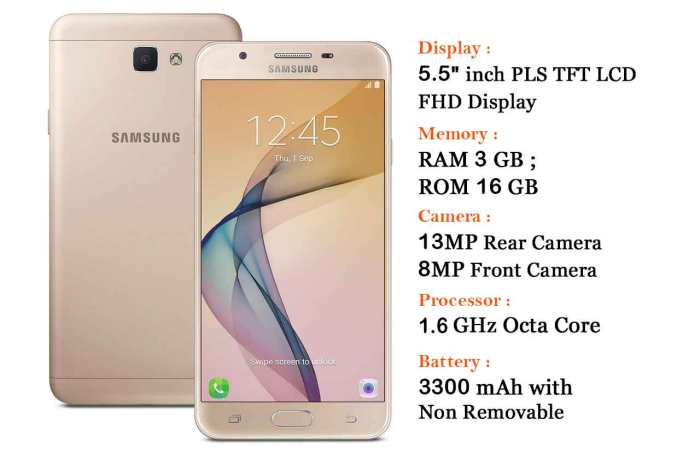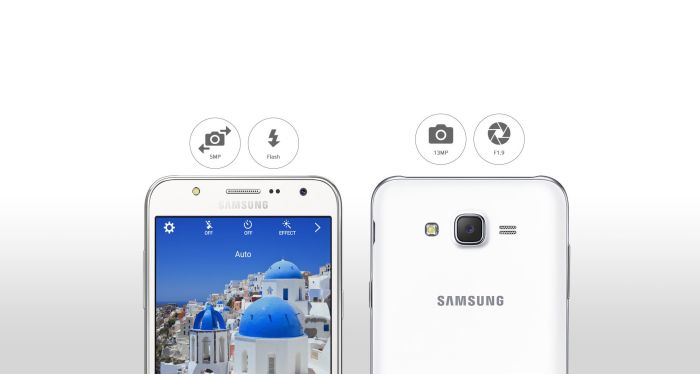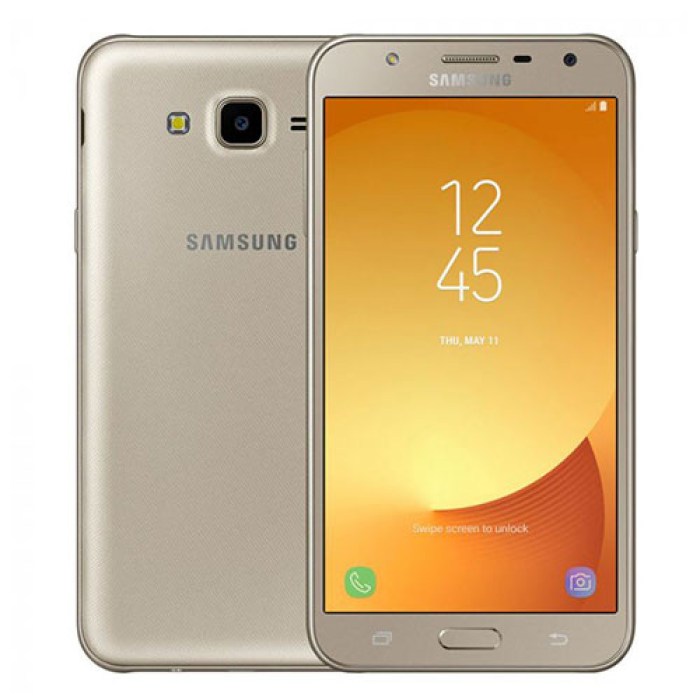Samsung Mobile J7 Specification Overview
Samsung Galaxy J7 Series: A Comprehensive Overview

Source: chooseyourmobile.com
Samsung mobile j7 specification – The Samsung Galaxy J7 series encompasses a range of budget-friendly smartphones offering a balance of features and affordability. This overview delves into the various models, specifications, and user experiences associated with this popular series.
Samsung J7 Model Variations

Source: co.ke
The Samsung J7 series includes several variations, each targeting a slightly different market segment. Key differences lie in processor power, camera capabilities, and RAM/storage configurations.
| Model Number | Release Year | Key Differentiating Features | Target Market |
|---|---|---|---|
| SM-J700 | 2015 | Entry-level specifications, basic camera | Budget-conscious consumers |
| SM-J710 (J7 Prime) | 2016 | Improved processor, better camera, fingerprint sensor | Users seeking a balance of performance and affordability |
| SM-J727 (J7 Pro) | 2017 | Enhanced camera capabilities, more RAM | Users prioritizing camera quality and multitasking |
| SM-J730 (J7 Max) | 2017 | Larger display, improved battery life | Users who value a large screen and longer battery life |
J7 Specifications Comparison, Samsung mobile j7 specification
A comparison of three J7 models highlights the variations in core specifications.
- J7 (2015) vs J7 Prime (2016) vs J7 Pro (2017): The J7 (2015) featured a less powerful processor and lower RAM compared to the J7 Prime and J7 Pro. The J7 Prime offered a significant upgrade in processing power and camera capabilities over the original J7, while the J7 Pro further enhanced these aspects, particularly the camera. Storage capacity also increased with each successive model.
Battery life varied across models. The J7 (2015) generally offered a day of moderate use, the J7 Prime offered slightly better battery life, and the J7 Pro often provided a full day even with heavy usage. The J7 Max, known for its extended battery life, could easily last two days on a single charge with typical usage patterns.
A user could expect approximately 10-12 hours of screen-on time for the J7, 12-14 hours for the J7 Prime, 14-16 hours for the J7 Pro, and 16-18 hours for the J7 Max.
Display and Multimedia Features
Let’s examine the J7 Prime’s display and multimedia features as an example.
The Samsung J7 Prime boasted a 5.5-inch Super AMOLED display with a 1080 x 1920 pixel resolution, providing sharp and vibrant visuals. The audio quality was decent, with a single downward-firing speaker offering adequate sound for media consumption and calls. It supported a wide range of multimedia formats, including MP3, MP4, and various video codecs, ensuring compatibility with most common file types.
Camera Performance and Features
The J7 Prime’s camera system consisted of a 13MP rear camera and an 8MP front camera. User reviews generally praised the rear camera’s performance in good lighting conditions, delivering sharp and detailed images. Low-light performance was acceptable but not exceptional. Video recording capabilities were standard for its time.
| Feature | Samsung J7 Prime | Competitor Phone (Example: Moto G5 Plus) |
|---|---|---|
| Rear Camera | 13MP | 12MP |
| Front Camera | 8MP | 5MP |
| Aperture | f/1.9 | f/1.7 |
Performance and User Experience
The J7 series, depending on the model, offered adequate performance for everyday tasks such as browsing, messaging, and social media. Gaming performance varied; while it could handle less demanding games, more graphically intensive games might experience some lag. The user interface was based on Samsung’s TouchWiz (later One UI), which offered a customizable experience. Software updates were provided for a limited period, generally receiving one or two major Android version updates.
Connectivity and Sensors

Source: com.pk
The J7 models typically included standard connectivity options like Wi-Fi, Bluetooth, and GPS. NFC was present in some models. Sensors included an accelerometer, proximity sensor, and ambient light sensor, providing essential functionalities for the user interface and various applications.
The Samsung Mobile J7 specification, while a solid mid-range offering, pales in comparison to its flagship counterparts. For a glimpse into Samsung’s high-end capabilities, consider reviewing the detailed specifications of the Samsung S8 Plus available here: specification of samsung s8 plus. Understanding the S8 Plus’s features provides a useful benchmark when evaluating the J7’s capabilities and compromises.
Battery Life and Charging
The J7 Prime, for example, featured a 3300mAh battery. Under moderate usage (browsing, messaging, some calls), it could easily last a full day. Heavy usage, such as extensive gaming or video streaming, would reduce battery life. The phone supported standard charging, with no fast-charging capabilities.
For instance, with moderate usage, a user might expect approximately 12 hours of battery life. Heavy usage could reduce this to 6-8 hours. The calculation involves considering screen-on time, background processes, and the intensity of applications used.
Expert Answers: Samsung Mobile J7 Specification
Is the Samsung J7 waterproof?
No, most Samsung J7 models are not waterproof. Check the specific model specifications for any water resistance features, as these vary.
Can I upgrade the storage on the Samsung J7?
Most J7 models support expandable storage via microSD card, allowing you to increase the available storage space.
What operating system does the Samsung J7 use?
The Samsung J7 models typically run on Android, but the specific Android version varies depending on the model and any software updates.
How long does the battery last on a Samsung J7?
Battery life depends heavily on usage. Heavier use (gaming, video streaming) will result in shorter battery life than lighter use (calls, texting).





















